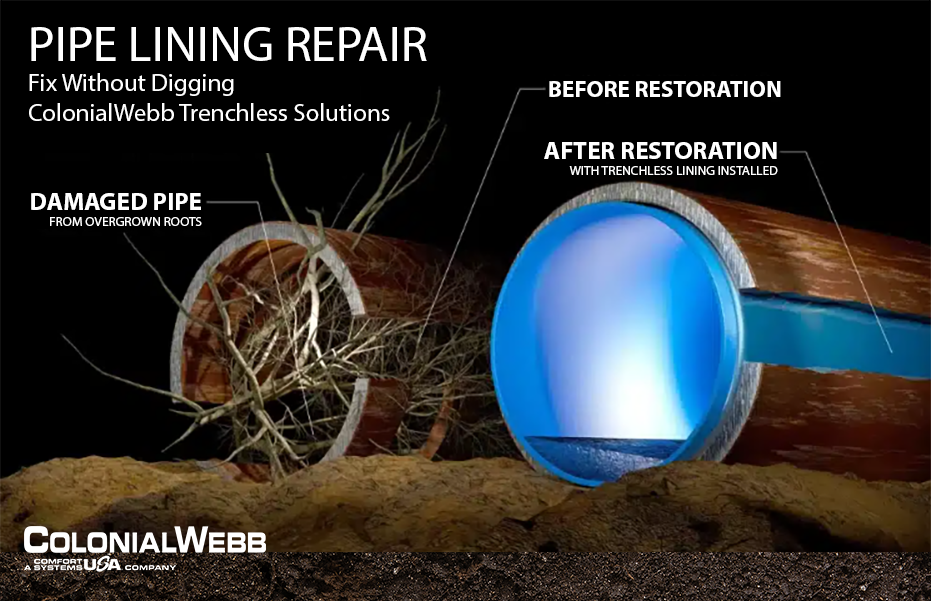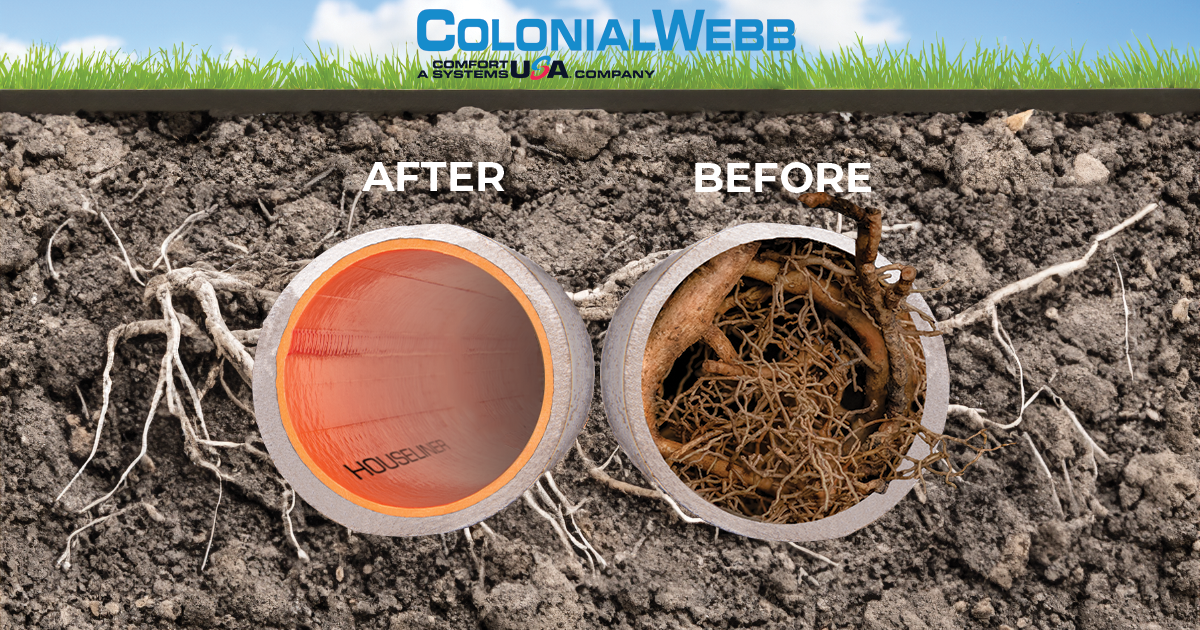Commercial pipe lining is a revolutionary method in plumbing. It offers efficient and cost-effective solutions for rehabilitating deteriorating pipes. In this blog post, we’ll explore commercial pipe lining, how the process works, and why it’s a game-changer for commercial and industrial plumbing systems.
What is Commercial Pipe Lining?
Commercial pipe lining, or cured-in-place pipe (CIPP) lining, is a trenchless rehabilitation technique used to repair and restore damaged or aging pipes without requiring extensive excavation. It involves creating a new, seamless pipe within the existing one, effectively addressing issues like leaks, corrosion, and structural defects.
How Does Commercial Pipe Lining Work?
The process can be broken down into several key steps:

- Initial Inspection: The process begins with thoroughly inspecting the pipes using advanced technology such as cameras and sensors. This inspection helps identify the extent of damage, areas of concern, and the suitability of pipe lining as a rehabilitation method.
- Preparation: Before lining the pipes, they must be cleaned and prepared to ensure proper adhesion of the lining material. This typically involves removing debris, scale buildup, and any barriers that could affect the lining process.
- Lining Installation: Once the pipes are prepared, the lining material is introduced into them using specialized equipment. The lining material, often a flexible resin-saturated fabric or fiberglass mat, is inserted into the pipe and inflated to conform to its shape.
- Curing Process: After the lining is in place, a curing process is initiated to harden and seal the material. Depending on the type of lining material used, this can be achieved through steam, hot water, or ultraviolet (UV) light. The curing process creates a new, durable inner pipe within the existing one.
- Reinstatement Process: Once the liner is cured, lateral lines connecting to the newly lined pipe will be reinstated utilizing a robotic cutter. This robotic cutter employs specialized cutting heads and a camera to ensure precise cutting, allowing for the entire flow of the pipe.
- Quality Assurance: Quality assurance measures are taken to ensure the integrity and functionality of the restored pipes. This includes pressure testing, leak detection, and inspections to verify the lining is free from defects and meets industry standards.
Benefits of Commercial Pipe Lining
Commercial pipe lining offers a range of benefits that make it a preferred choice for pipe rehabilitation. Those benefits include:
- Minimal Disruption: Commercial pipe lining is trenchless. It minimizes disruption to operations, reduces downtime, and eliminates the need for extensive excavation.
- Cost-Effective: Pipe lining’s trenchless nature results in lower labor and material costs than traditional pipe replacement methods.
- Durability: The new lining material provides enhanced durability, corrosion resistance, and longevity, extending the lifespan of the rehabilitated pipes.
- Environmentally Friendly: Pipe lining reduces waste and environmental impact by avoiding the disposal of old pipes and minimizing the use of new materials.

Commercial pipe lining is a highly effective and innovative solution for rehabilitating damaged or deteriorating pipes. By understanding the process of pipelining and its numerous benefits, property owners and facility managers can make informed decisions to maintain efficient plumbing systems and avoid costly disruptions.
Contact us today to learn more about our Pipe Rehabilitation Solutions and Services. Let us help ensure the lifespan and performance of your plumbing infrastructure.




